Does the world need another book about the Denver & Rio Grande Western narrow gauge?
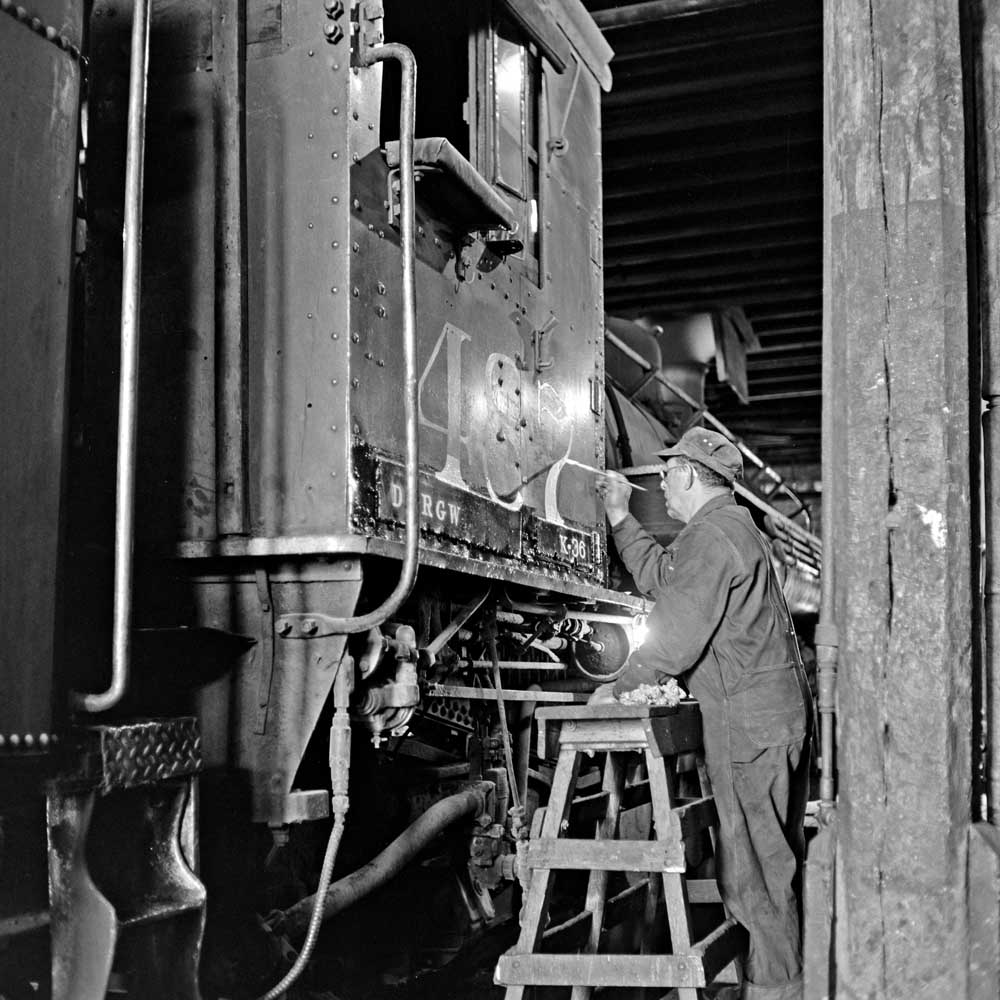
Someone might reasonably ask. Of all railroads with a literature disproportionate to its relative economic importance, the D&RGW is Exhibit A. To underscore the point, I stopped into the Kalmbach Media library to do some rudimentary research: when it comes to books, just how big is the narrow-gauge?
Pretty big. In a quick count between stacks labeled “specific railroads,” I found approximately 20 volumes exclusively concerned with the Rio Grande narrow gauge; I’m sure hardcore narrow gaugers have even more in their libraries. My count didn’t include other books about the standard-gauge D&RGW, nor did I consider Rio Grande Southern; Uintah Railway; Denver, South Park & Pacific, or other slim-gauge Colorado carriers. Just the D&RGW.
By contrast, right across the aisle I found 12 books about the Nickel Plate Road. Like the narrow gauge, the NKP has an intensely loyal following and a celebrated connection with steam. (Aren’t Lima Berkshires as famous as Baldwin K-class Mikes?) In the grand scheme of things, NKP was arguably a much more important railroad: standard gauge, practitioner of true high-speed freight service, poster child for the successful Class I bridge route.
But in the end, a railroad’s ability to fascinate has precious little to do with size or success. As David P. Morgan famously (and archaically) said, “The narrow gauge gets in the blood, and will not out.”
I know what he means. In the late 1990s I finally got to the Cumbres & Toltec Scenic and the Durango & Silverton — tourist-oriented heirs to the mythic slim-gauge — and I found the experience overwhelming. Riding in the cab of an incredibly loud K-class 2-8-2 up to Osier or watching the fireman oil around his Mike in Silverton, I could see what Morgan was talking about.
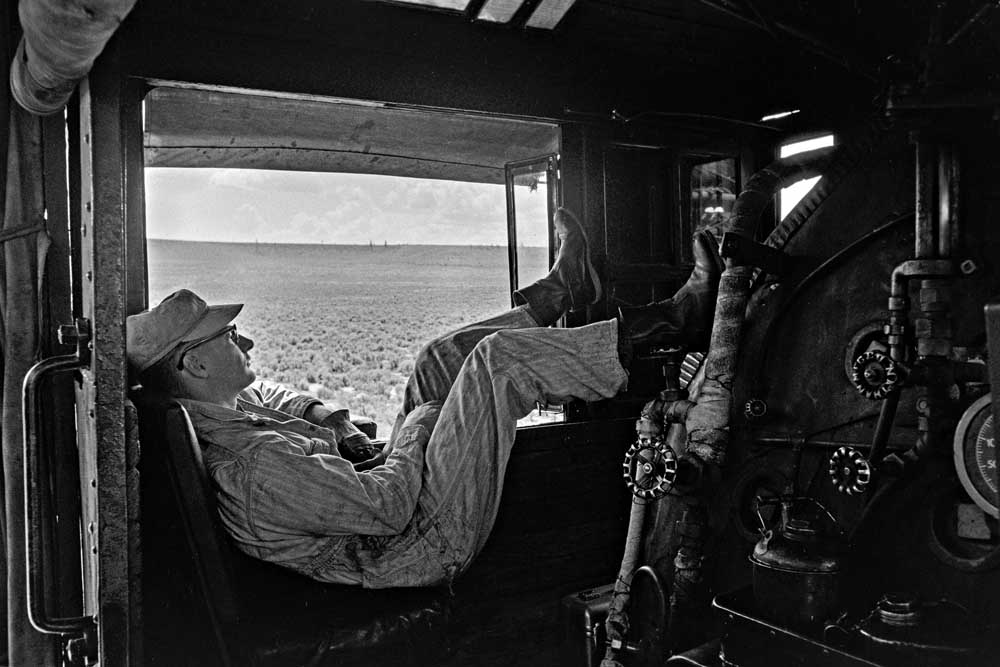
And that gets me to the latest book published by the Center for Railroad Photography & Art, “Rio Grande Steam Finale,” a lavishly produced showcase of black-and-white and color photography of the D&RGW from the 1950s and ’60s, when the end of the narrow gauge was clearly in sight. Featuring the work of a who’s who of railroad photographers, the book shows why the narrow gauge was, if nothing else, uniquely photogenic. (Full disclosure: I’m a member of the Center’s board, but I had little involvement in the production of the book beyond some light proofreading.)
Think of influential photographers and they are likely represented here. They came from all corners of the U.S.: certified masters such as Richard Steinheimer, Jim Shaughnessy, and Victor Hand, along with Fred Springer and Tom Gildersleeve. Essayists Don Hofsommer and Karl Zimmermann offered images that matched their eloquent narratives.
Weaving its way through the entire book is my favorite of all the narrow-gauge storytellers, John Gruber, whose journalistic pictures show once again how skilled he was at getting the most out of a moment. Just look at his shot of 2-8-2 fireman Gayle Cunningham taking a brief break from heaving coal, a timeless portrayal of the railroad life — regardless of gauge. If the narrow gauge had a higher cultural profile, Gruber could have won a Pulitzer Prize.
The book offers more than photography. Center Executive Director Scott Lothes’ excellent Foreword and his and collaborator Elrond Lawrence’s rich captions convey tons of historical and technical information about the world of the D&RGW, as does Richard Tower’s Afterword, a tribute to today’s heritage railroads that keep alive the Rio Grande legacy. Throw in artist David Styffe’s highly detailed endpaper map and you have a surprisingly complete accounting of D&RGW’s 3-foot system.
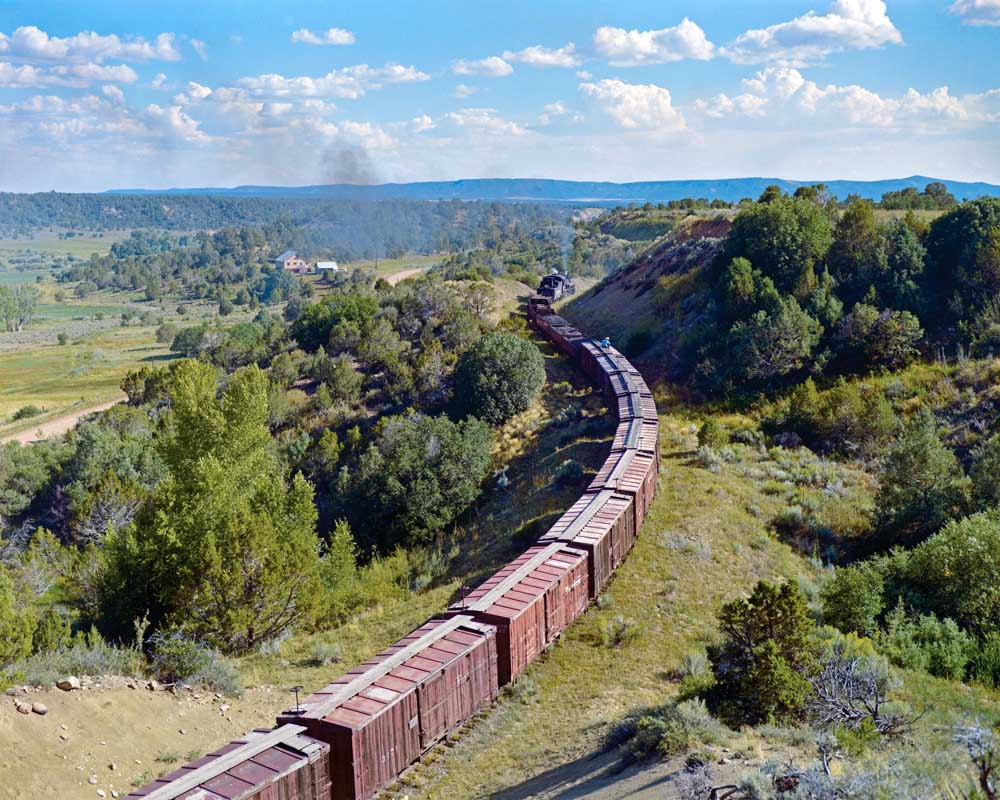
It’s easy to overly romanticize narrow-gauge railroads, especially when it comes to the Shangri La that was Colorado. An objective antidote comes from UCLA economist and famed Trains author George W. Hilton, who probably adored the narrow gauge but never let it get in the way of a clear-eyed conclusion.
“We are probably justified in concluding that 4’-8 ½” is approximately optimal with respect to the indivisible size of the human being. With respect to the subject of (the narrow gauge), the experience of the narrow-gauge movement demonstrated definitively that gauges under 4’-8 ½” are less than optimal for general transport purposes,” Hilton once wrote. “To W.W. Evans’ rhetorical question concerning the tendency of nineteenth-century engineers to go to larger and more capital-intensive equipment, ‘Are we all idiots?’ we can give as unambiguous an answer as historical inquiry allows: Evans and the other orthodox railroad engineers who opposed the narrow-gauge movement were not all idiots.”
True. But when it comes to the heart, engineering rationale and financial results only count for so much. More from Morgan: “The narrow gauge was narrow in gauge only. For out here in a country so enormous to be justifiably labeled as simply somewhere, the manliest of man ultimately armed with the doughtiest of Mikados contested extremes and won. No railroad narrow in any measure but gauge could have survived the terrain and weather and altitudes of the high country.”
As the masterful photographers in this latest book make abundantly clear.
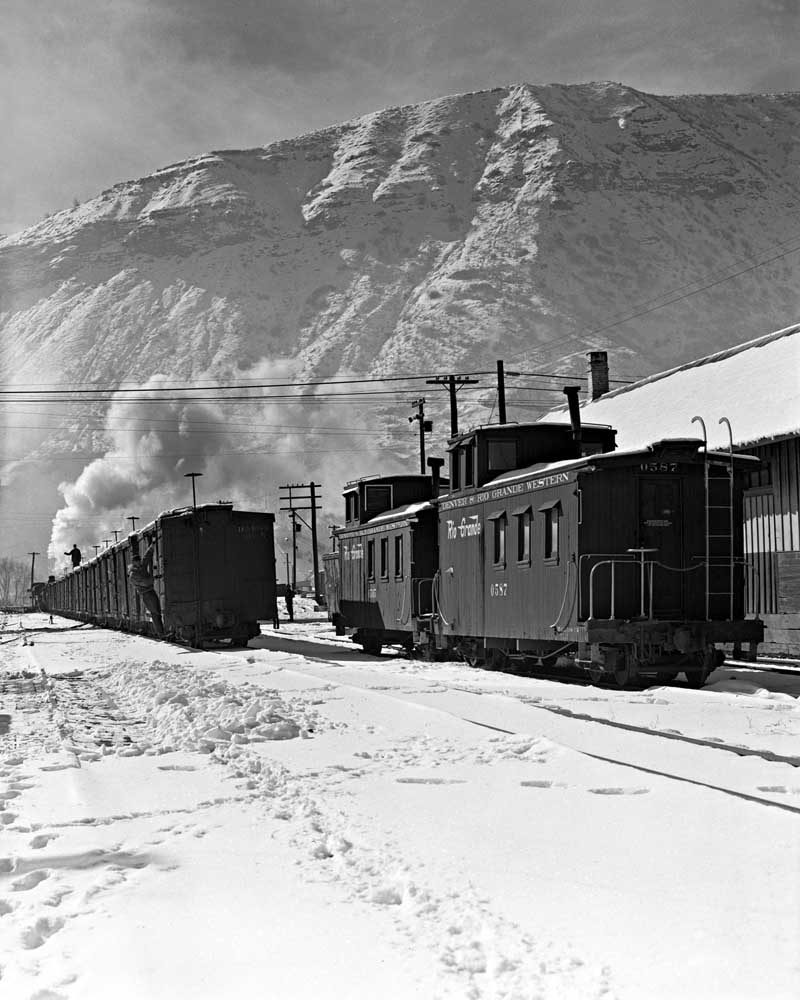






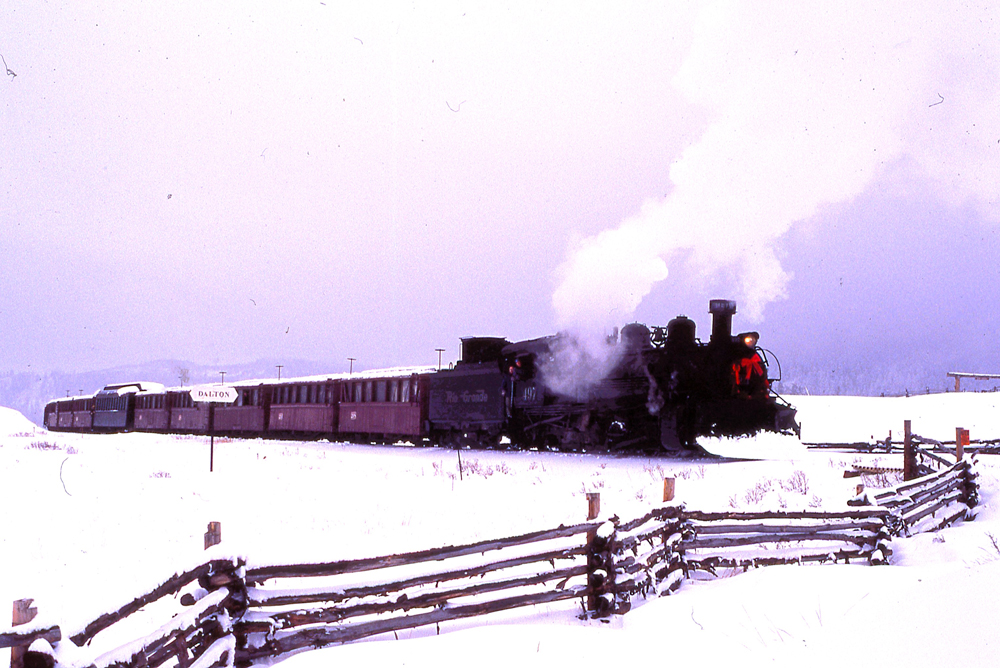
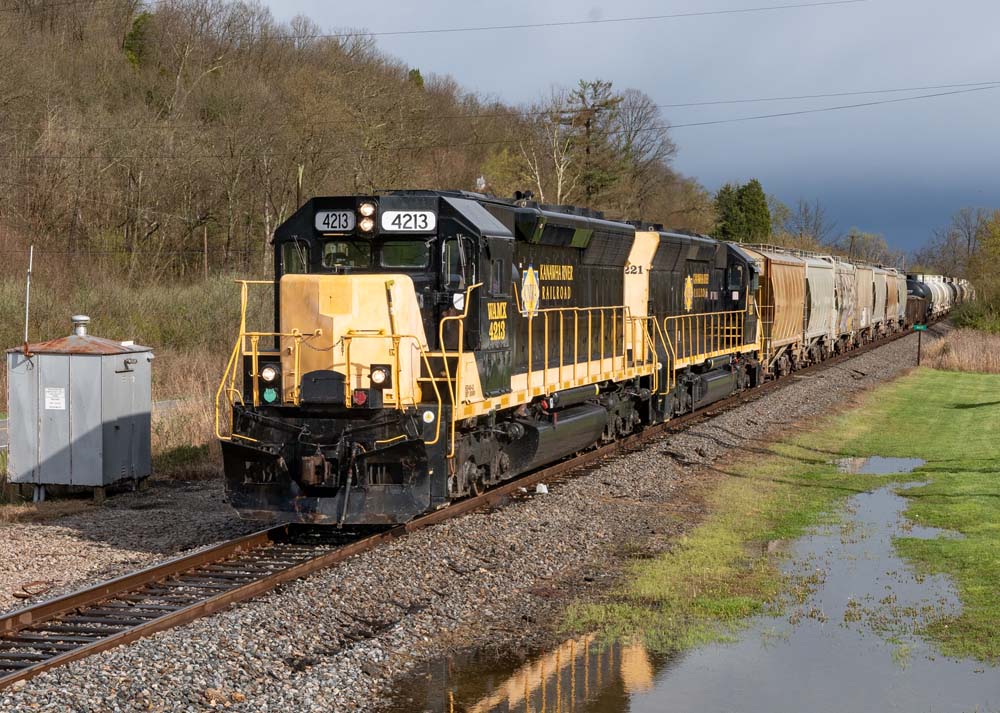
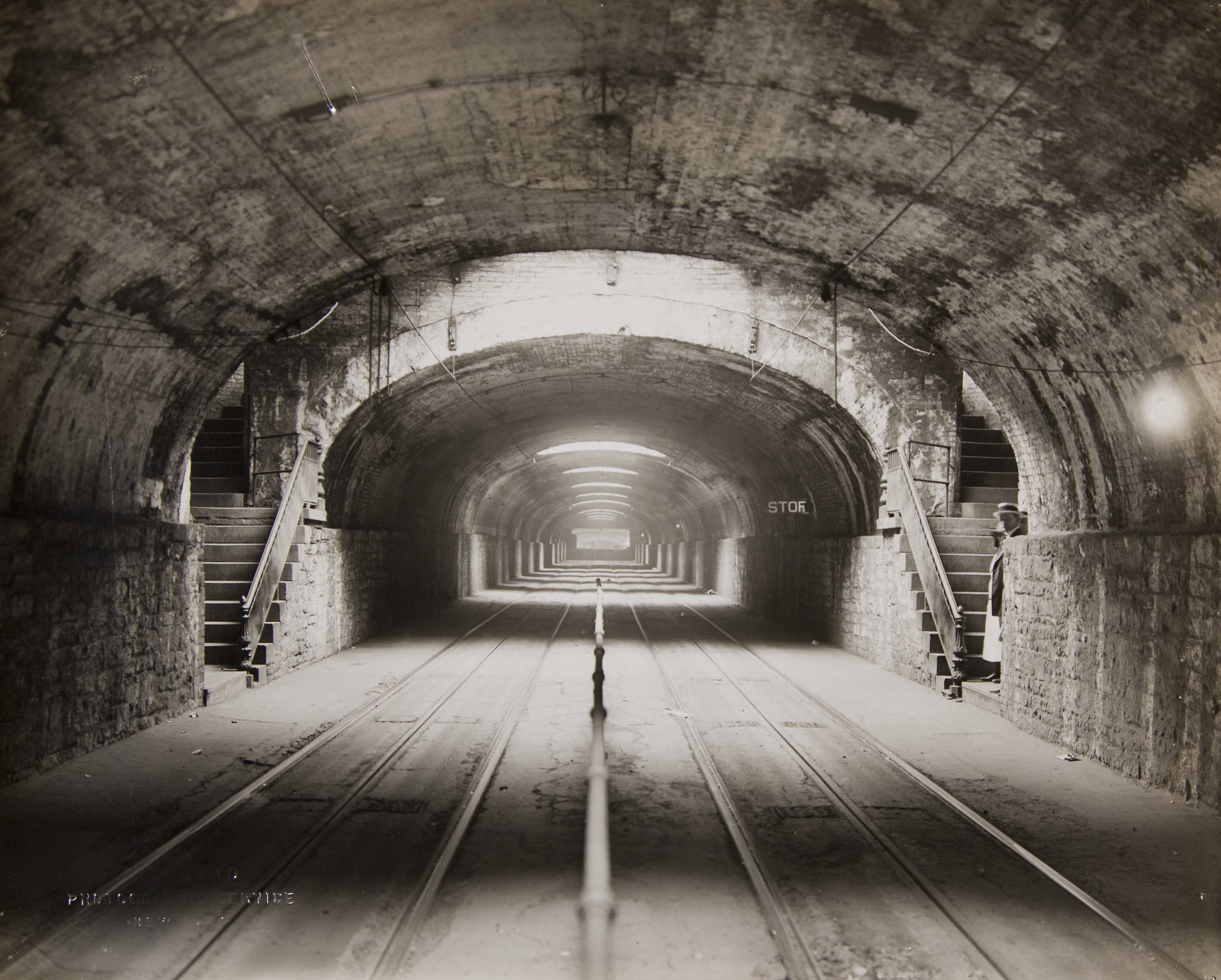
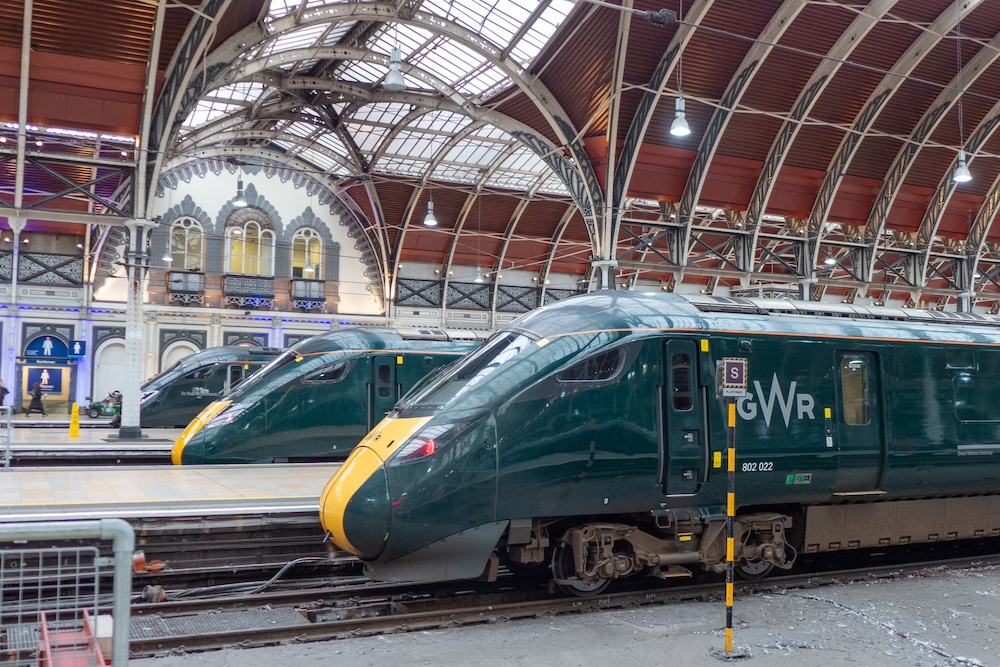




“The narrow gauge was narrow in gauge only”…how true!
Having recently returned from a 12-day trek to Colorado and New Mexico, with over half the time spent in Durango and Chama, I’m still testing positive for the slim gauge virus. Happily, there’s no known cure for the affliction, and I’m looking forward to my next exposure to the K-27, 28, and 36 variants of this disease having just survived a dose of the rare C-18 strain.
As for “narrow” gauge, let me say that after a week spent stepping over rails 3 feet apart, encountering “standard” gauge track at Raton, New Mexico came as a bit of shock. Those rails seemed to be 6 feet wide!
Meanwhile, am looking forward to the arrival of the new CRP&A tome and seeing the work of several old friends. Gruber and Steinheimer’s D&RGW work remains an inspiration to this day.
Ted Benson